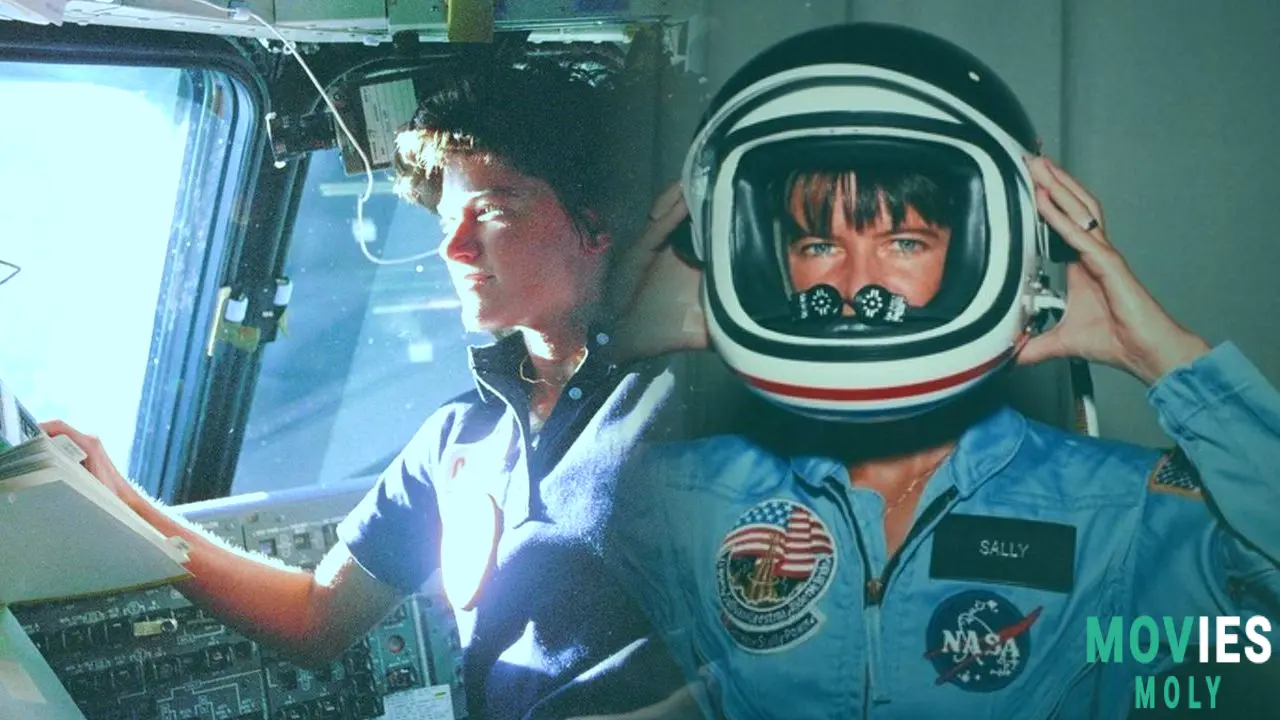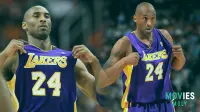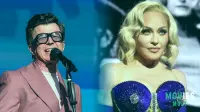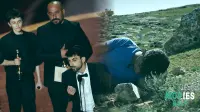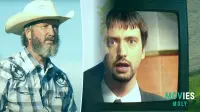Cristina Costantini began working on a film about the first US woman in space, expecting it to simply reflect on traditional issues such as sexism and homophobia. However, the story of astronaut Sally Ride took a totally different turn. Sally's LGBT identity was hidden when she ascended into space over forty years ago. Following President Donald Trump's re-election, Costantini stated that the film has a "completely different meaning."
I'm fascinated by how history alters our perception of stories. Just a few years ago, a pride flag went through space. NASA even promised that the next person on the Moon will be a woman. However, NASA's website no longer contains this assurance. This is one of several changes at the US space agency since Trump's return to office. Costantini further stated that employees had been asked to remove homosexual pride symbols, such as pride flags and trans visibility flags. It is sobering to think that rights that many people felt were resolved can be called into question again so rapidly.
The director believes her picture will act as a reminder. Rights are not guaranteed. They were hard fought. Sally and her partner Tam were among the winners. It is our responsibility to continue pushing for equality. This documentary emphasizes that even the most famous persons in history had aspects of their lives that they had to conceal. Sally Ride was a true icon. But her personal journey was far more complicated than most people realized at the time.
Unpacking the Hidden Truths of Sally Ride's Very Private LifeHow an icon kept her personal life secret, even from close friends and family.
Sally Ride made history by boarding the Challenger space shuttle on June 18, 1983. She became the first American woman to fly into space. This occurred two decades after Soviet cosmonaut Valentina Tereshkova completed her own voyage. Women were first allowed to apply for astronaut positions at NASA in 1977. Ride, who earned a PhD in astrophysics from Stanford and was an accomplished tennis player, was one of six women chosen from over 8,000 applicants for her 1978 class.
Ride underwent the same training as male astronauts, but was treated quite differently. Reporters inquired whether she cried when faced with problems. NASA engineers wanted to know what makeup she would require in orbit. They even questioned if 100 tampons would be sufficient for a six-day journey. Mike Mullane, another astronaut from her class, stated in the documentary that he believed the women had not "paid their dues like we had." When Ride returned to Earth, her image spread over the world. The 32-year-old was wearing a blue jumpsuit. She wore curly chestnut hair, sparkling blue eyes, and a confident smile. However, Ride struggled to adjust to her new status as a public person.
Tam O'Shaughnessy, Ride's 27-year companion, told AFP: "It was too much for her." Sally was an introvert. It was hard for her. The two women founded a non-profit organization committed to educating females science. But the public only found out about their romance after Ride died of pancreatic cancer in 2012 at the age of 61. O'Shaughnessy claimed Sally disliked labels. But she was a queer woman. So, O'Shaughnessy believes it is wonderful that Sally has become a member of the LGBTQ+ community following her death. O'Shaughnessy also expressed concerns over a US Defense Secretary's desire to modify the name of a Navy ship named after a prominent LGBT activist. "There's a research vessel called 'Sally Ride' and it crossed my mind that might change, too," according to her. "It's very shocking. "All of this is difficult to swallow."
The Difficulties Of Making A Film About A Deeply Private Person

The director and partner reflect on the challenges of telling Sally Ride's whole story.
One of the most concerning aspects of this picture is Sally's extreme secrecy regarding her existence. Some of it was for work, but the film suggests that most of it was due to her personality and upbringing. Tam O'Shaughnessy referred to Sally as a "conundrum." On the one hand, Sally was very open and honest. She invited Tam to university functions and accompanied her. She never seemed to care what others thought. But she wouldn't say, "Come meet my partner." She couldn't do it.
Even her parents, particularly her mother and sister Bear, were progressive and easygoing. Bear is gay. However, it was still difficult for Sally to speak it aloud. Cristina Costantini also mentioned how difficult it is to develop a film when you don't have much personal information on the main character. Costantini argues that the same skill that made Sally a superb astronaut—her capacity to separate things and move past thoughts she didn't want to consider—also made her difficult to live with. It also likely means she will remain a mystery in certain ways indefinitely. As her sister Bear states in the movie, "We can let Sally be Sally."
She was a complex individual. The audience may never get exactly what they want from her: a full explanation of her thinking. Costantini believes that a documentary can reveal this riddle. In a fictional film, individuals may attempt to explain everything she did. However, Costantini is unsure whether we will ever know why Sally made certain choices. She wondered if Sally knew some of the answers herself. Costantini has never met Sally, but he considers it a great privilege to spend time with everyone she knew. She is grateful that Sally surrounded herself with such wonderful people. It made the film-making process enjoyable. Costantini also discovered that an interview with Sally's mother, Joyce Ride, which initially appeared to reveal nothing, revealed how closed off Joyce was. This provided an insight into why Sally was the way she was.
Moments Of Honesty And Unexpected Kindness in the Astronaut Community
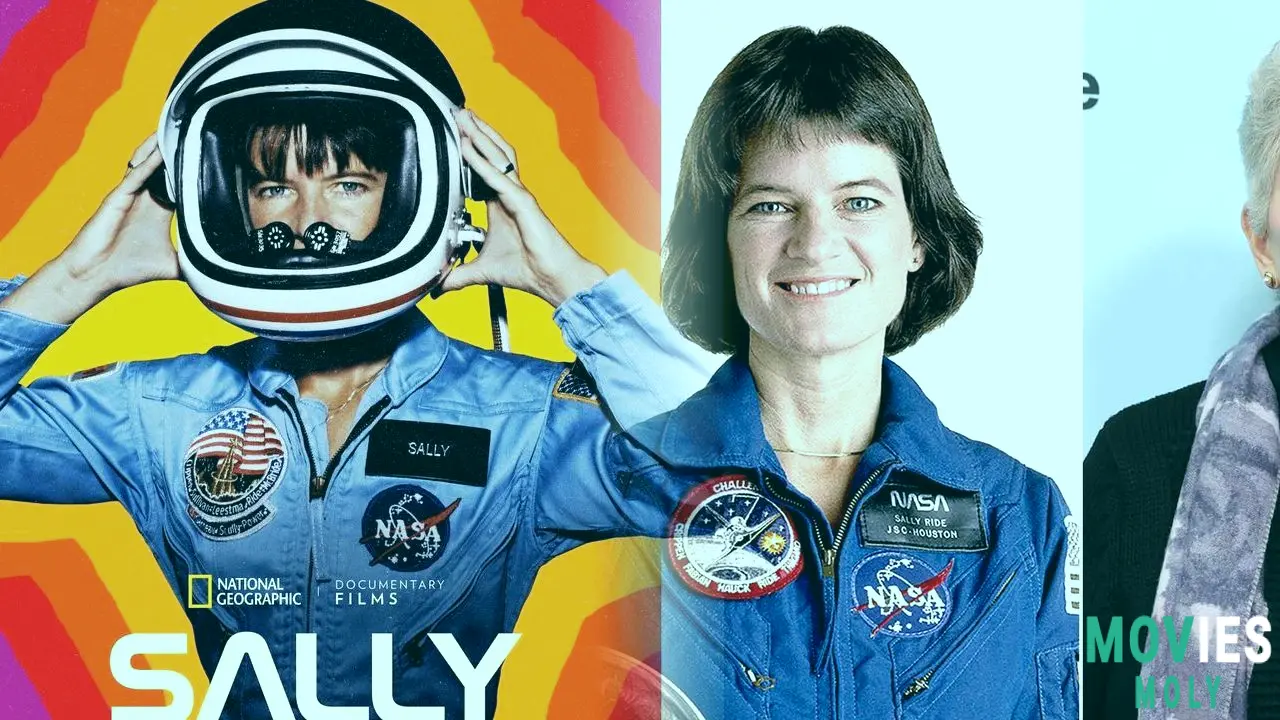
From Mike Mullane's apology to a circuit breaker prank that still sparks debate.
Mike Mullane's interview was one of the most touching moments in the film for me. I appreciated how honest he was earlier in the film. Women in science and many other areas have long been looked down upon by their male peers. So hearing his thoughts on Sally and other female astronauts was initially unpleasant but unsurprising. But hearing his change of heart and the letter he sent to Tam was quite moving. Costantini argued that people rarely accept responsibility for being "the bad guy." Many people believe sexism existed at NASA. But few would admit, "I was the problem."
Costantini thinks Mike was quite bold to admit publicly that he was part of the problem. He stated that he had the same beliefs and biases that Sally had to overcome. The film depicts various types of bravery, and Mike's bravery deserves to be praised. It seems unusual for someone to apologize or admit they were wrong. Mullane claims it is his Catholic guilt, the thought of repenting his entire life. But Costantini adored Mike's admission. She claimed he was the only one they could find who would admit, "Yes, I'm the problem." When they discovered he penned that note to Tam following Sally's murder, they realized they had to video him. Mike spoke plainly. He was an excellent storyteller. He was not afraid to face challenges. Costantini feels fortunate that he consented to speak. It's a moving picture for many people because such apologies are so unusual.
Another startling interview came with astronaut Kathryn Sullivan. She claims Sally once tripped a circuit breaker on her during a training session. Sally was an extremely motivated individual. It made me question if this was consistent with what others knew of her. Cristina believes it depends on whom you ask. Kathryn identified it as sabotage. Bear, Sally's sister, interpreted it as Sally taunting someone. Tam was astonished when she first saw it in the movie. That didn't sound like anything Sally would do. But Tam remembered Sally discussing high school. Sally may be rude to teachers she didn't respect, rolling her eyes and making her classmates laugh. Sally joined NASA when she was only 27 years old. Perhaps she hadn't quite moved past her childlike period. Tam stated that the Sally she knew when they became amorous would not take the time to accomplish such a thing. But who knows?
Sally Ride's Journey Beyond Space and Her Enduring Educational Legacy
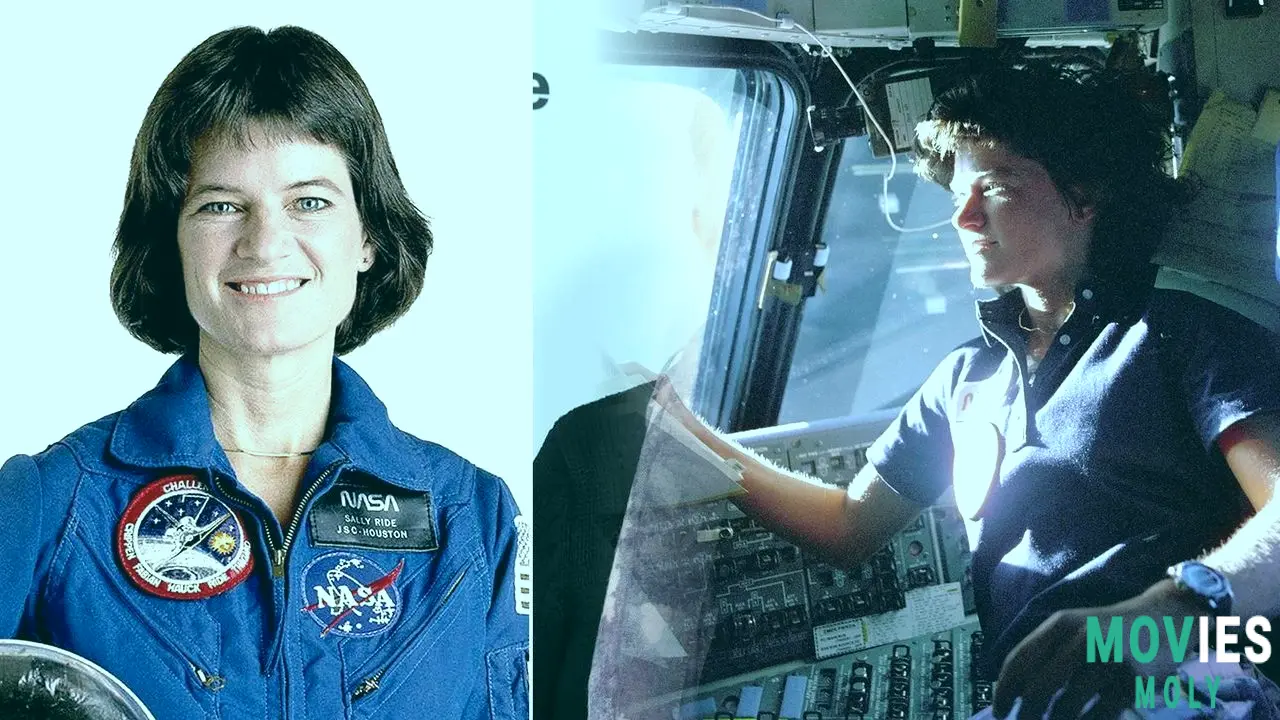
From leaving NASA following the Challenger disaster to starting Sally Ride Science.
I found the timeline intriguing. Sally spent many years training to become an astronaut. However, her two missions were in 1983 and 1984. The Challenger catastrophe, which the film claims was a major cause for her quitting NASA, occurred in January 1986. I wondered if Sally regretted her short experience as an astronaut. Tam stated that Sally had always believed that NASA would be a short-term career for her. She had always wanted to be a physics professor at a university. Tam acknowledged that the Challenger catastrophe had saddened her. Sally couldn't believe that some of her friends and respected leaders intended to hide what had happened. They refused to believe that human error resulted in a catastrophic judgment.
Sally recognized she'd have to wait a long time for things to change. She didn't want to work at NASA for its own sake. That was never her goal. Her husband, Steve, and many others from her class worked at NASA for decades. They loved it. But that wasn't Sally. She'd always desired greater independence and to be a professor. Costantini emphasized that Sally had only been an astronaut for nine years. Many more films could be made about various aspects of Sally's life. At heart, she was an educator. When Sally was in school, there were no opportunities for women to travel to space. This was not the path she had set for herself until she read about it in a dining hall one day. So she was a physicist who got to go to space and change history. But Costantini believes she was quite happy as a physicist. Tam agreed. She saw herself as a theoretical physicist and was very proud of it. However, she was also aware that being the first American woman in space would provide her with numerous opportunities to conduct meaningful work. And that turned out to be true.
After NASA, Sally was a professor for a long time. Then she and Tam started the educational company Sally Ride Science. Tam described it as a slow process. Tam was a biology person, Sally a physicist. But they enjoyed discussing and writing about science. They started writing young adult science books, making them fun like Isaac Asimov's kids books. They noticed articles saying American boys and girls did poorly in math and science. They did not comprehend why. So they looked into it. It was mostly cultural. Textbooks often showed only Albert Einstein or Marie Curie. But many women do science. Scientists work in teams. They do not work alone in a lab coat with a pocket protector. The depiction of scientists was incorrect.
They decided to do something about it. Tam believes being naive was a good thing. None of the five founders knew about business or starting a company. Because of Sally's fame, she met wonderful people. These were angel investors and experts in marketing and business who helped guide them. The company was first called Imaginary Lines. They loved the romantic name. It referred to imaginary lines between men and women, boys and and girls. But an investor told Sally, "It takes millions to build a brand. You have a brand, use it!" So they changed the name to Sally Ride Science after two years. Next year will be their 25th anniversary. I think that is pretty cool.
A Personal Connection And The Timeless Message Of Sally Ride's Story
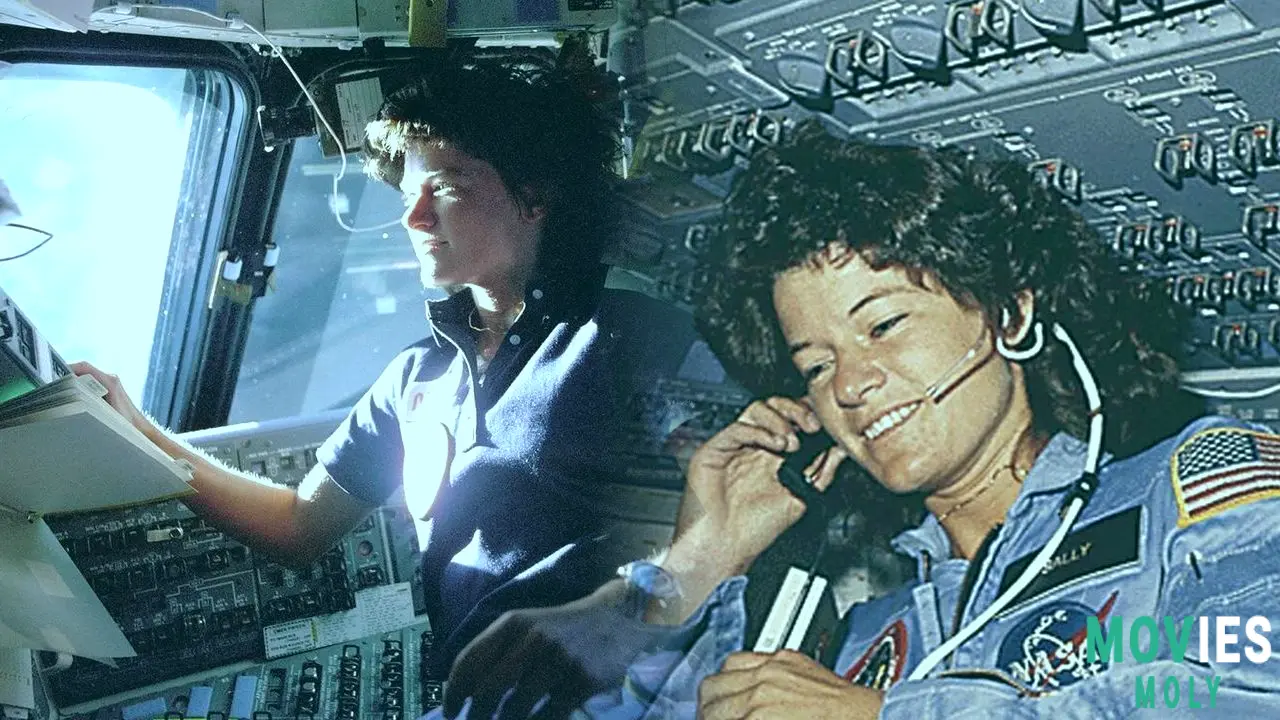
How The Documentary's Meaning Has Grown Over Time For Its Director And Viewers
Cristina Costantini has talked about being a science nerd and Sally being her hero. She shared how this project came together. Costantini was looking at her science fair pins when she was home in Milwaukee. She found a little blue Sally Ride Science pin. She did not know how she got it. She would have been 14 at the time. She loved science and wanted to do that. She studied behavioral science. Later she became interested in humans and storytelling. When she was a kid in third and fourth grade, she was obsessed with Sally. She remembered her teacher asking them to put their heroes on the outside of the elementary school. She painted Sally. This was in the 90s in Milwaukee. Sally was next to Brett Favre and Michael Jordan. It is still there today.
Costantini did book reports on Sally. She just loved Sally. When Sally passed away in 2012, Costantini learned with everyone else that Tam existed. They had a 27-year relationship. That is when Costantini started thinking, "Wow, NASA was barely ready for women, how would this have played out at the time?" She started thinking about it then. But she did not start working on the film until a few years ago. She quickly learned that Story Syndicate had a deal with Tam. They went to National Geographic. National Geographic brought them all together. It has been great. They spent years making the film. It premiered at Sundance in January. It is coming to platforms in a few days. Costantini feels it has been an incredible journey. She did not intend that pun.
The film seemed quite normal when they started making it. But now, in 2025, the world has changed. This makes the film more timely than ever. Costantini believes this film is for anyone who has had to hide a part of themselves to be where they want to be. That experience is more important now than it has ever been. She is proud that it is coming out this year. This documentary offers a powerful look at a historical figure. It reminds us that progress is not always a straight line. It shows us that personal stories can have universal messages, especially when they are told with honesty and heart.

